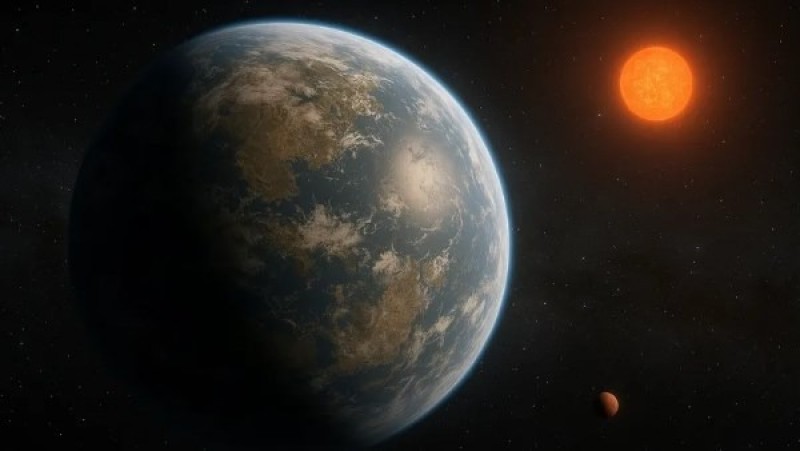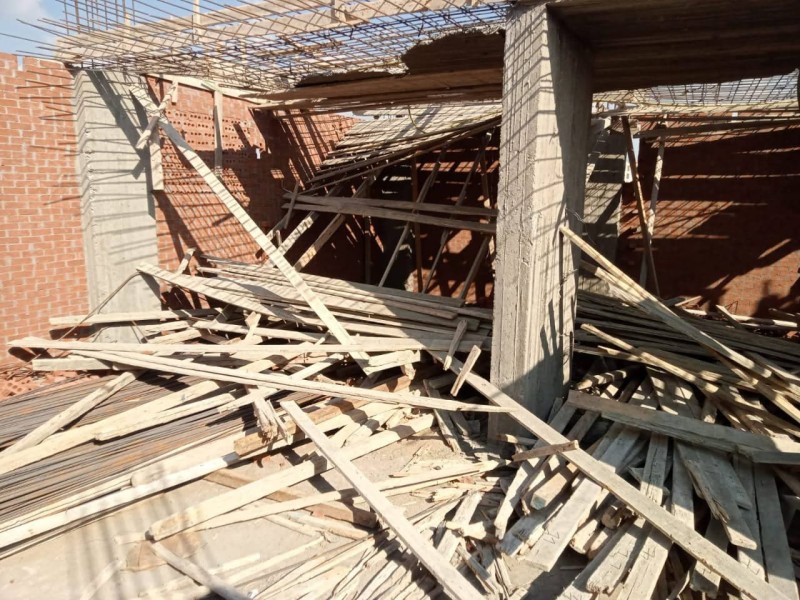Home Explore Egypt The Cave of Monsters ... 5000 paintings reveal the secrets of the dawn of Egyptian history

There is always a missing link between that primitive man and modern man, between an era in which he relied on hunting to provide food, between an era in which animals domesticated to raise them, between an era in which wild plants and fruits were picked up, and an era in which he relied on cultivating what he wanted, despite what we reached From technological development, we did not infer the primitive man except through his bone remains, or some stone tools, until we discovered those colorful paintings inside one of the strangest caves in the world.
The cave of monsters, or as some call it the Fodjeni-Istikawi cave, the Fodjeni cave, or the swimmer's cave, as they call it the second Surat Valley cave, due to its presence in the Tire Valley, discovered by the Hungarian explorer Laszlo Almasi in 1933, and it is considered a huge rock shelter in the western desert of Egypt, Specifically in the region of the Gilf al-Kabir plateau near the Egyptian-Libyan-Sudanese border, the drawings inside it were discovered in 2002 by three archaeologists Massimo, Jacobo Fugeni and Ahmed Mestikawi, and studied by German ancient life scientists, namely Rudolph Kuper, Eric Buttner and Heiko Reimer Riemer.
The Cave of Monsters is considered as a hall in the huge exhibition hall. Man made more than seven thousand years ago, specifically at the beginning of the Neolithic period, the history of his life, his rituals and the nature in which he lives, by engraving about 8,000 colored paintings that express the boundary between two periods of the era. The Holocene, which extends from 12 thousand BC to the present day, the desert climate at that time was wet and rainy, but the Tire Valley and near the cave of the monsters there was a large lake that they used, and in 4000 BC a climate change occurred that led to the transformation of the region into a region Arid, and man realized that he would leave that place in search of another area in which water and plants are available, so scientists believe that these drawings are nothing but an attempt in which a person wanted that period to date his life.

As for the description of the cave, which is one of the largest caves in the Great Gilf Valley, with a width of about 17 meters, and a height of about 7 meters, and it contains more than 8000 pictorial art in which the Egyptians recorded their lives before history, well preserved and painted with red, yellow, white and black dyes, for groups of Paws and hands, human creatures and mythical creatures of a human and sublime nature, tell that region and how it turned into very dry, rare and extremely harsh rains, after it was a region of savannah grass with monsoon rains, as prehistoric Egyptian images of the same living in human tribes, professionally hunting And collecting and capturing, and then later, how he professionally grazed and made pottery vessels, as he photographed what he saw of animals such as giraffes, ostriches and deer, as he raised sheep and goats.























